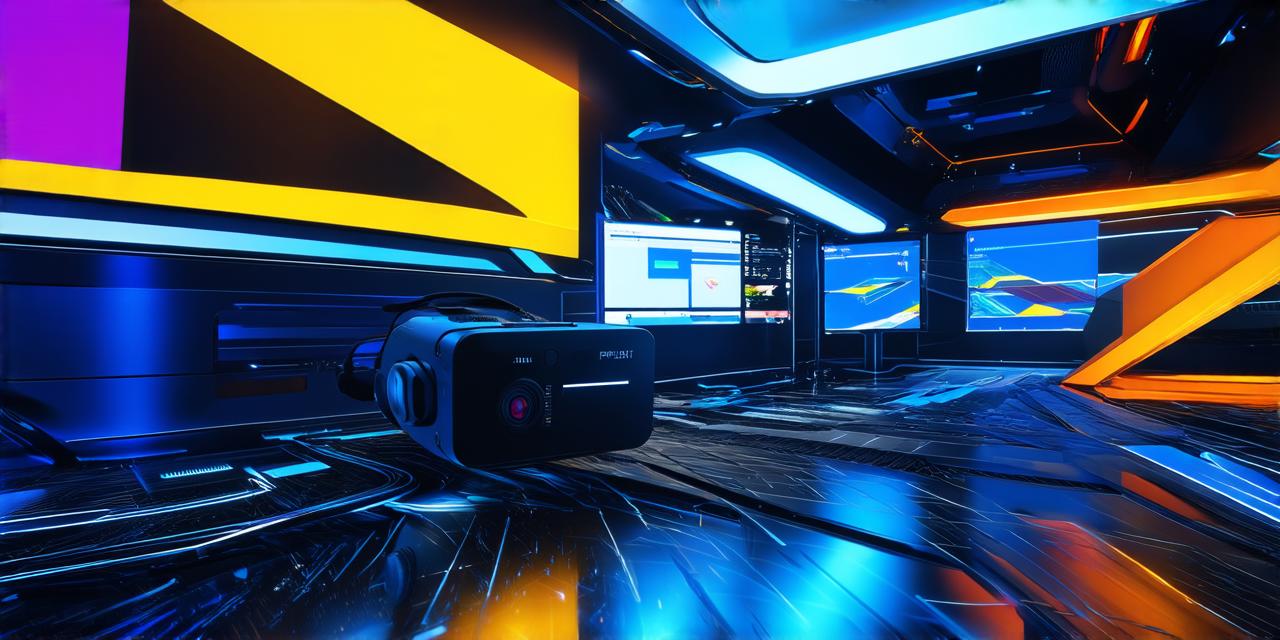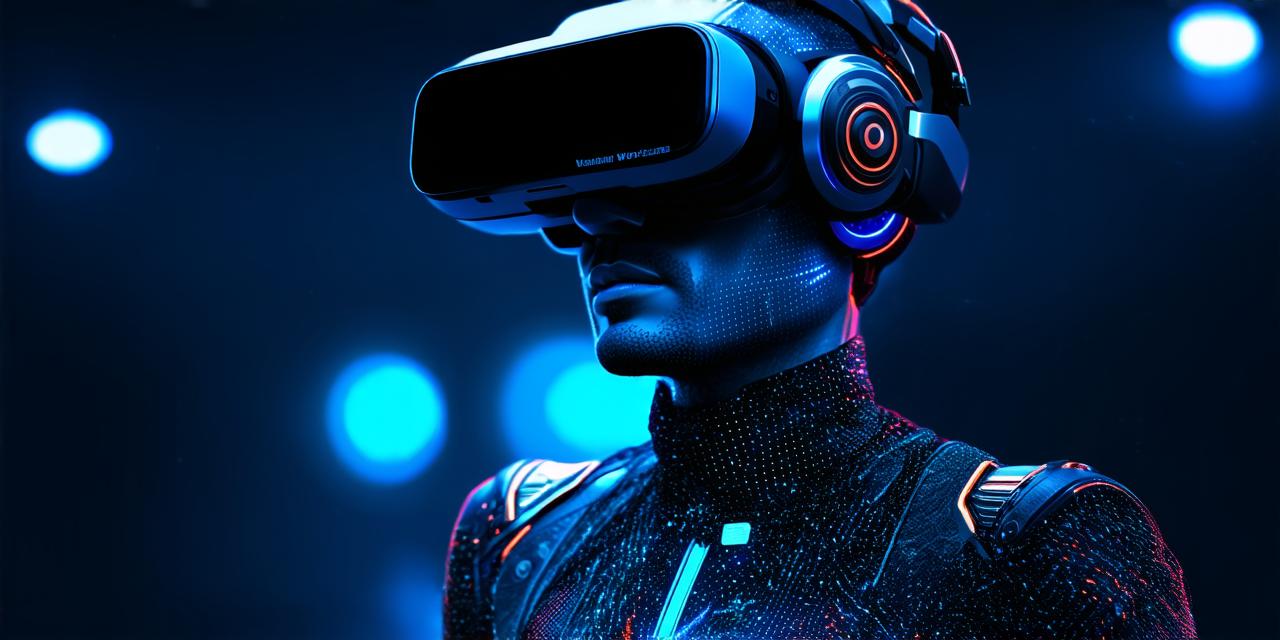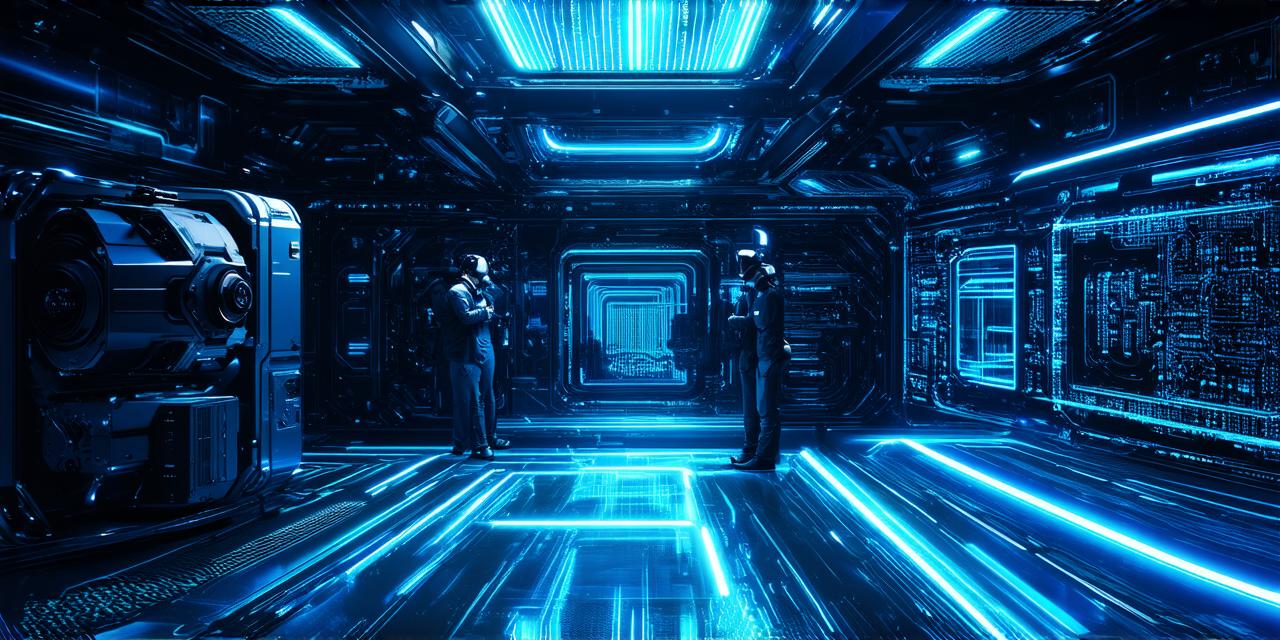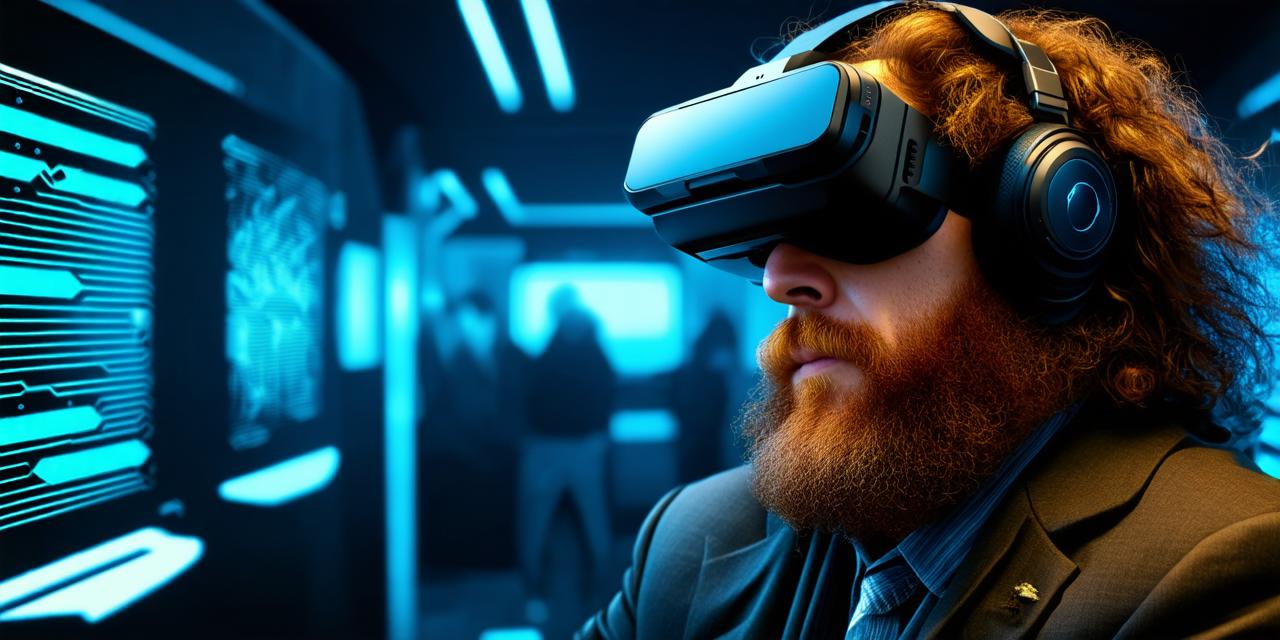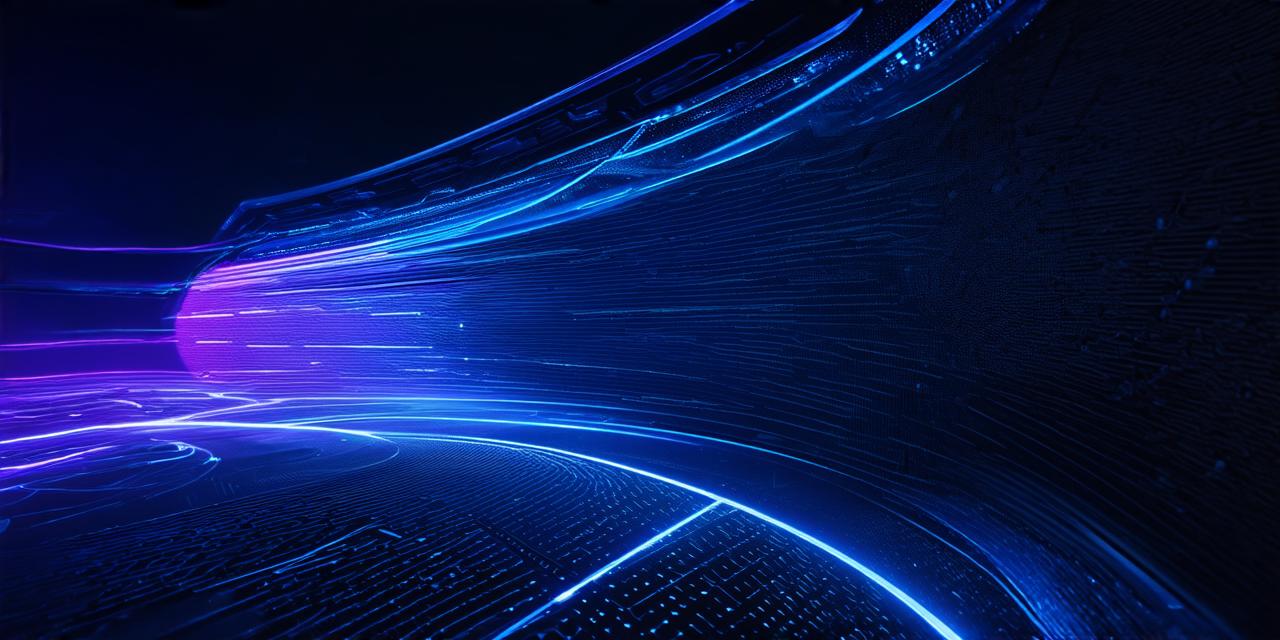Virtual reality (VR) is transforming the way we learn, and its potential in educational settings is vast. AR developers can take advantage of this technology to create immersive learning experiences that engage students and enhance their understanding of complex concepts.
1. Virtual Field Trips
One of the most exciting uses of VR in education is virtual field trips. With VR, students can explore distant locations and historical events in a way that was previously impossible. For example, a history class could take a virtual trip to ancient Egypt or the Colosseum in Rome. This allows students to gain firsthand knowledge about these places without leaving the classroom.
AR developers can create these immersive experiences for students, allowing them to explore and interact with different cultures and civilizations in an engaging way.
2. Virtual Science Labs
Virtual reality can also be used in science labs to simulate experiments and provide a safe learning environment for students. For example, a biology class could use VR to dissect a virtual specimen without harming the real one. AR developers can create these simulations, allowing students to conduct experiments and gain hands-on experience in a controlled environment.
This not only enhances their understanding of science concepts but also prepares them for future careers in STEM fields.
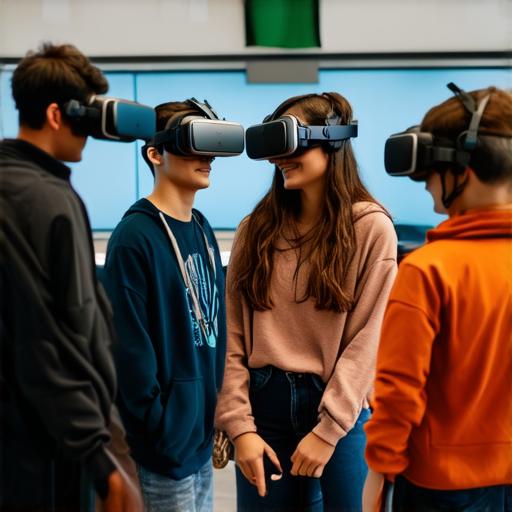
3. Language Learning
Virtual reality can be used to enhance language learning by providing immersive experiences that simulate real-life situations. For example, a Spanish class could use VR to practice ordering food in a virtual restaurant in Spain. AR developers can create these simulations, allowing students to practice their language skills in a realistic and engaging way.
This not only improves their proficiency but also helps them develop cultural awareness and understanding.
4. Virtual History Lessons
Virtual reality can be used to bring history lessons to life, allowing students to experience events and locations as if they were there. For example, a history class could use VR to explore the Battle of Gettysburg or walk through the streets of ancient Athens. AR developers can create these experiences, providing students with a deeper understanding of historical events and cultures.
This not only enhances their knowledge but also helps them develop critical thinking and problem-solving skills.
5. Virtual Art and Design Classes
Virtual reality can be used in art and design classes to provide students with immersive experiences that allow them to create and explore 3D models and environments. For example, an architecture class could use VR to design a virtual building and explore its different aspects. AR developers can create these simulations, allowing students to develop their creativity and technical skills in a fun and engaging way.
This not only enhances their understanding of art and design concepts but also prepares them for future careers in these fields.
In conclusion, virtual reality has the potential to revolutionize education by providing immersive experiences that engage students and enhance their learning. AR developers can take advantage of this technology to create engaging and interactive learning experiences that prepare students for future careers in STEM fields and other areas. By incorporating VR into educational settings, we can provide students with a deeper understanding of complex concepts and help them develop the skills they need to succeed in today’s rapidly changing world.
